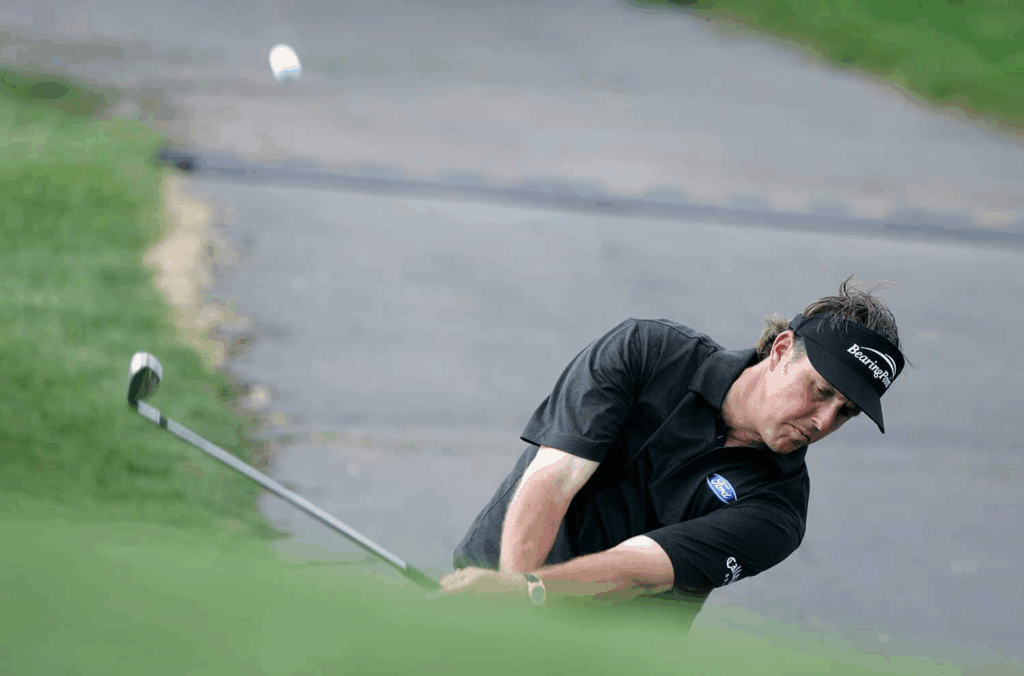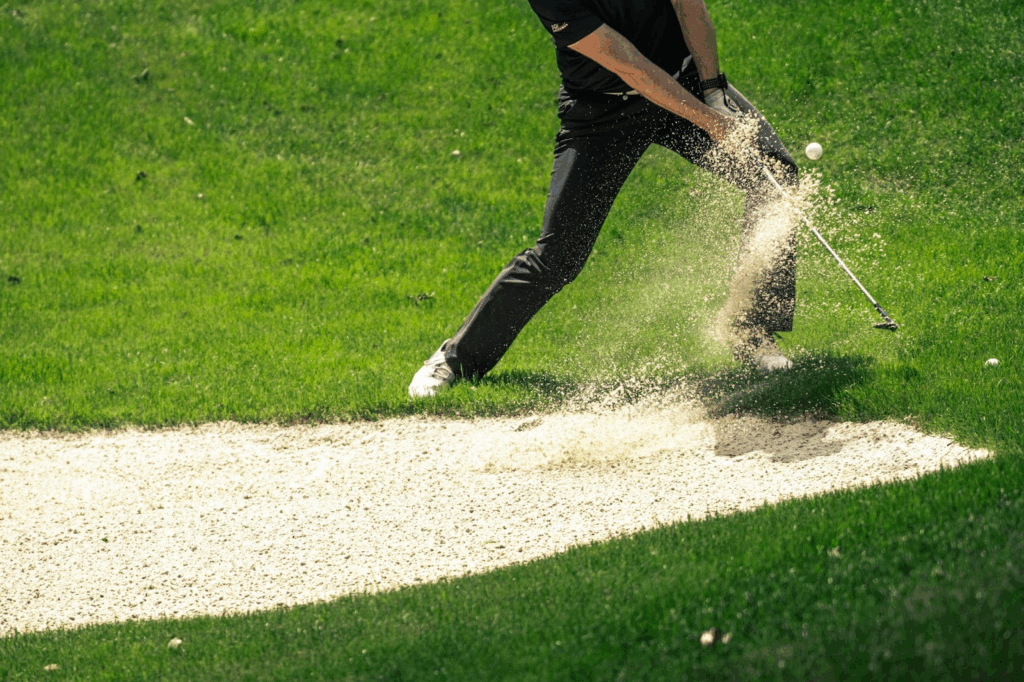The flop shot is a high-arcing, soft landing golf shot played from around the green when you’re short-sided and have very little green to work with. It’s that dramatic, jaw-dropping stroke that sends the ball sky-high over an obstacle and landing with minimal roll. Let’s break down why adding this shot to your game can unlock a new level of scoring, and how to execute it properly.
When to Use It

This shot is a situational weapon best considered in these scenarios:
- You’re short-sided, with an obstacle (like a bunker or steep slope) between you and the pin.
- The ball is sitting up well, ideally in light rough and not buried or on very firm ground.
- There’s minimal green to land on and you need the ball to fly and stop quickly.
- It’s a casual setting or practice situation, or you’re confident in execution. Otherwise, stick with safer options.
How to Hit a Flop Shot

Here’s a step-by-step breakdown based on proven guidance from PGA instructors:
Assess the Lie
Make sure the ball sits up clean, not in hard pan or super-tight grass. You need room to slide the club under, using its bounce—not dig through turf.
Setup and Stance
- Open your stance noticeably left of the target (for right-handers), giving room to swing across.
- Position the ball forward in your stance, near your front heel, to promote a high launch.
- Shift most of your weight (70–80%) onto your front foot, which helps you get under the ball rather than down into the turf.
- Place the clubface open, and stand slightly farther from the ball so your hands feel low and the lofted face is exposed.
The Swing
- Use a full swing, but keep it controlled and confident.
- Emphasize a sweeping motion, letting the club’s bounce slide under the ball.
- Maintain your loft through impact and avoid flicking your wrists or de-lofting prematurely.
Finishing the Stroke
Commit to the shot. Unlike chips or pitches, flop shots require trusting the neutral or “dead-hand” release. Letting the club and body do the job without manipulation is key.
A Quick Setup Checklist
| Setup Element | Tip |
|---|---|
| Lie | Ball sits up well in light rough |
| Clubface | Open face with bounce active |
| Ball Position | Forward, near front heel |
| Stance & Weight | Open stance; weight forward |
| Swing | Full, confident, sweeping stroke |
| Release | Minimal wrist flip (let club glide through) |
Why This Shot Matters (When Done Right)

Though high-risk, the flop shot is a weapon when executed correctly:
- When blocked to the green with an obstacle, it gives you a potential option to save a stroke.
- For skilled players, it’s part of a versatile short game, especially in tight or tricky lies.
- Even if attempted only occasionally, mastering it adds a useful tool for scoring and creativity around the greens.
Practice Wisely
- Begin on soft practice greens or sets of hula-hoops at 15-30 yards to train trajectory and distance control.
- Try both “dead-hand” and more active wrist release swings to find what trust and control look like for you.
- If you’re not yet confident utilizing the shot during rounds, prioritize safer options like chips or full pitches in actual play until you trust it.
Bottom Line
The flop shot is a crowd-pleasing, high-stakes play, but it belongs in your game only when landing area is tight, and your technique is dialed in. Match the setup (open stance, forward ball, open face, weight forward) with a sweeping swing using the club’s bounce, and you’ll unlock one of the most unique and rewarding shots in golf.